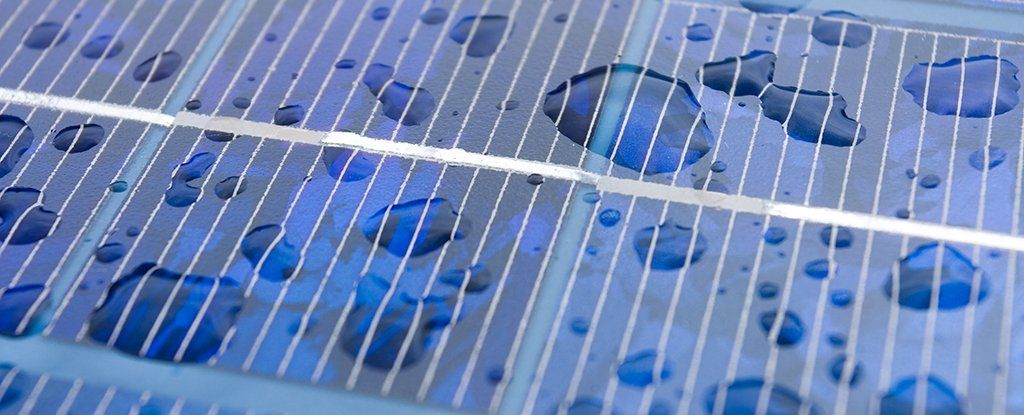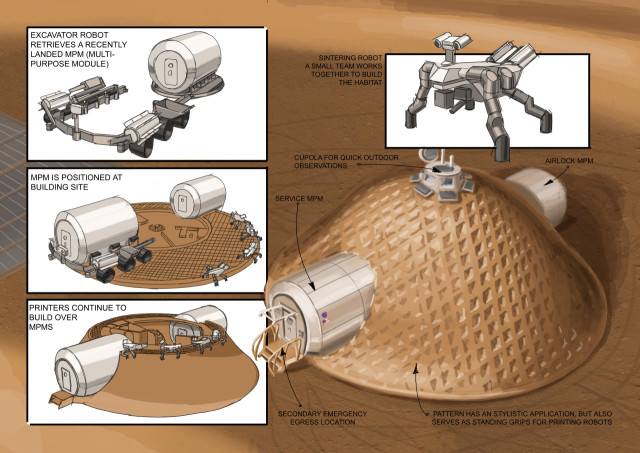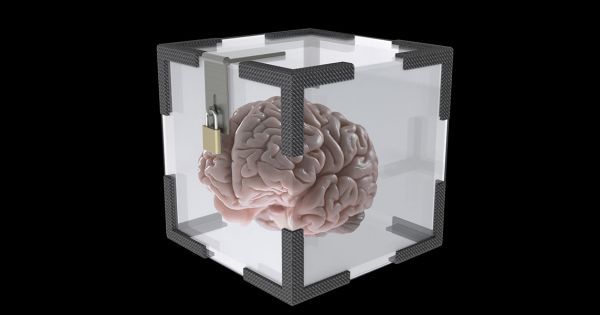
Though the quest to find water on distant planets is the most talked-about way that researchers are looking for extraterrestrial life, one of our best bets at understanding life’s complexities lies with comets, not planets.
In fact, the icy space balls are already known to form amino acids and nucleobases, two key substances needed for life to take root. And now, researchers may have found another necessary ingredient: ribose, the ‘R’ in RNA.
Before we dive into the new discovery, it’s important to understand what life, as we know it, needs to get started, and how we think it may have happened here on Earth. Life on Earth requires three macromolecules: RNA, DNA and proteins. The current understanding is that RNA, or ribonucleic acid, came before DNA on Earth.
Continue reading “Researchers find that ribose, the ‘R’ in RNA, could form naturally in space” »

















